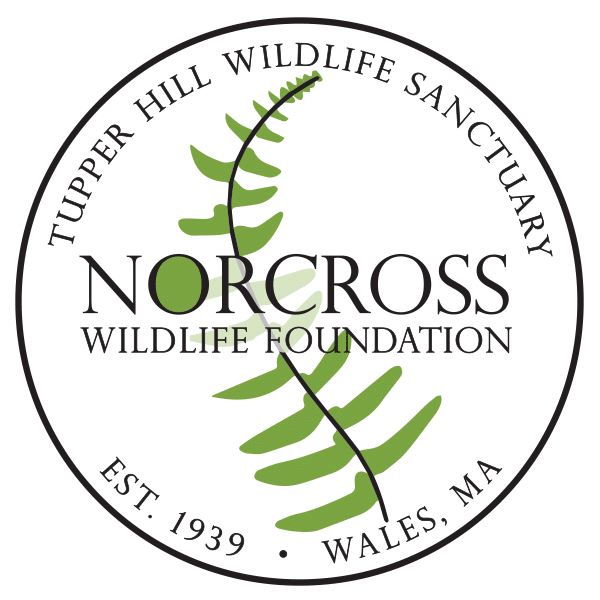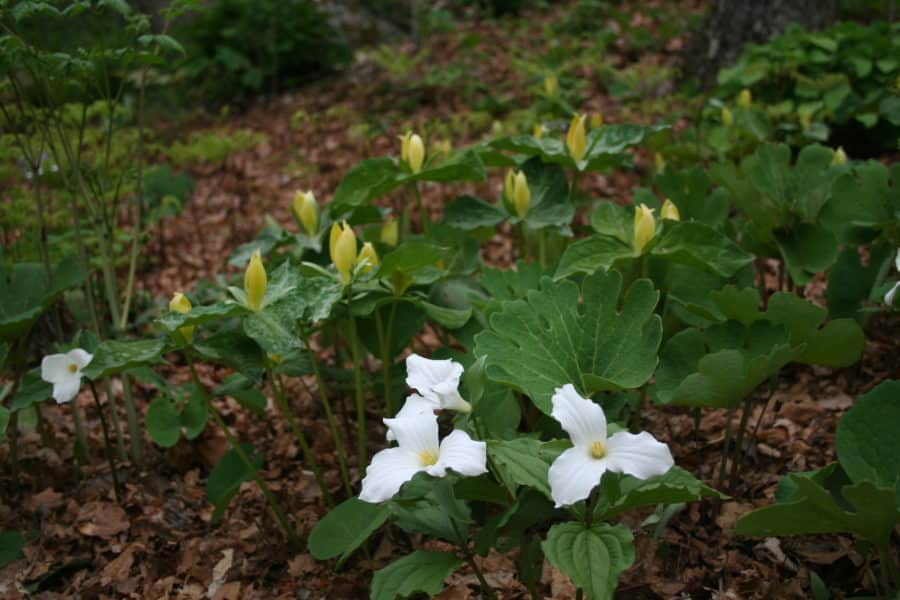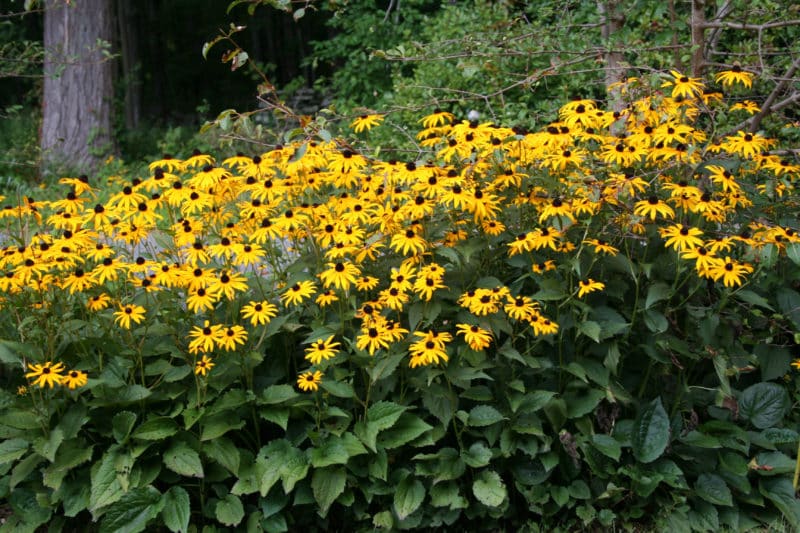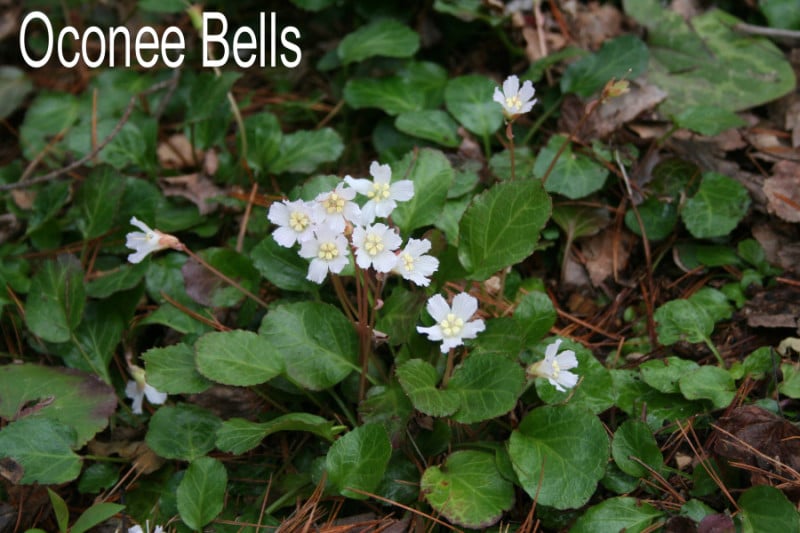The yellow flag iris (Iris pseudacorus) is blooming down by the pond. I love yellow in the garden and it nicely complements the blue flag (Iris versicolor) that blooms around the same time and in the same habitat. But, is the yellow flag a beauty or a beast?
Yellow flag is an invasive species. It grows around ponds and along streams. It is lovely when it first appears, bright yellow flowers in the woodland ponds and streams. Then it starts to spread. It invades natural areas and takes the place of native species that should grow there – like the blue flag.
Invasive plants escape from our home gardens and start to affect natural woodlands that surround our homes. There are quite a few species that are common in the home garden that have escaped and become a threat to our natural habitats. Burning Bush (Euonymus alatus) is not only in our home gardens but seems to be required at every post office and McDonalds in New England. Its bright red berries are carried by birds and dropped in the woods where it spreads quickly. Japanese barberry (Berberis thunbergii) is another plant commonly found in front of older homes. Its thorny stems deter people from straying off the path or into neighboring properties. It, too, has berries that are carried by birds into the woodland. Other invasive plants are well recognized as nuisance plants in our landscape. Plants like Japanese Knotweed (Polygonum cuspidatum) and bittersweet (Celastrus orbiculatus) have taken over our roadsides and choked our trees.
Invasive plants spread quickly and take over large areas, excluding other plants. These shrubs leaf out early in the spring and shade the wildflowers that grow on the forest floor until they can thrive no longer. In the same way they discourage other plants from taking root and grow to form a huge expanse of just a single, invasive species. You may think that it is good that they provide fruit and seed for the birds. These plants produce huge crops of berries each year. We call these non-native fruits “twinkies for birds”. The invasive plant seeds are full of sugars that are delicious but provide little energy for migrating song birds. Our birds need rich, oily seeds produced by our native plants like dogwood, viburnum and winterberry.
So, why do we have yellow flag? Well, as you can tell I have a soft spot for that beautiful yellow flower. I do want to assure you that after it blooms I cut off the seed head. I keep a watchful eye for the plant in other sections of the pond and remove it. I also dig the patch of yellow flag and reduce it every few years so it does not spread.
Each summer my crew and I spend about four to six weeks removing invasive plants like bittersweet, Japanese barberry, buckthorn and multiflora rose from the Sanctuary. I know what a problem they can be. A guide to invasive plants can be purchased from the Massachusetts Division of Fisheries and Wildlife website. You can also visit our invasive plant page on this website – go to Wildlife Sanctuary, then Flora and Fauna to open our information on invasive plants.



